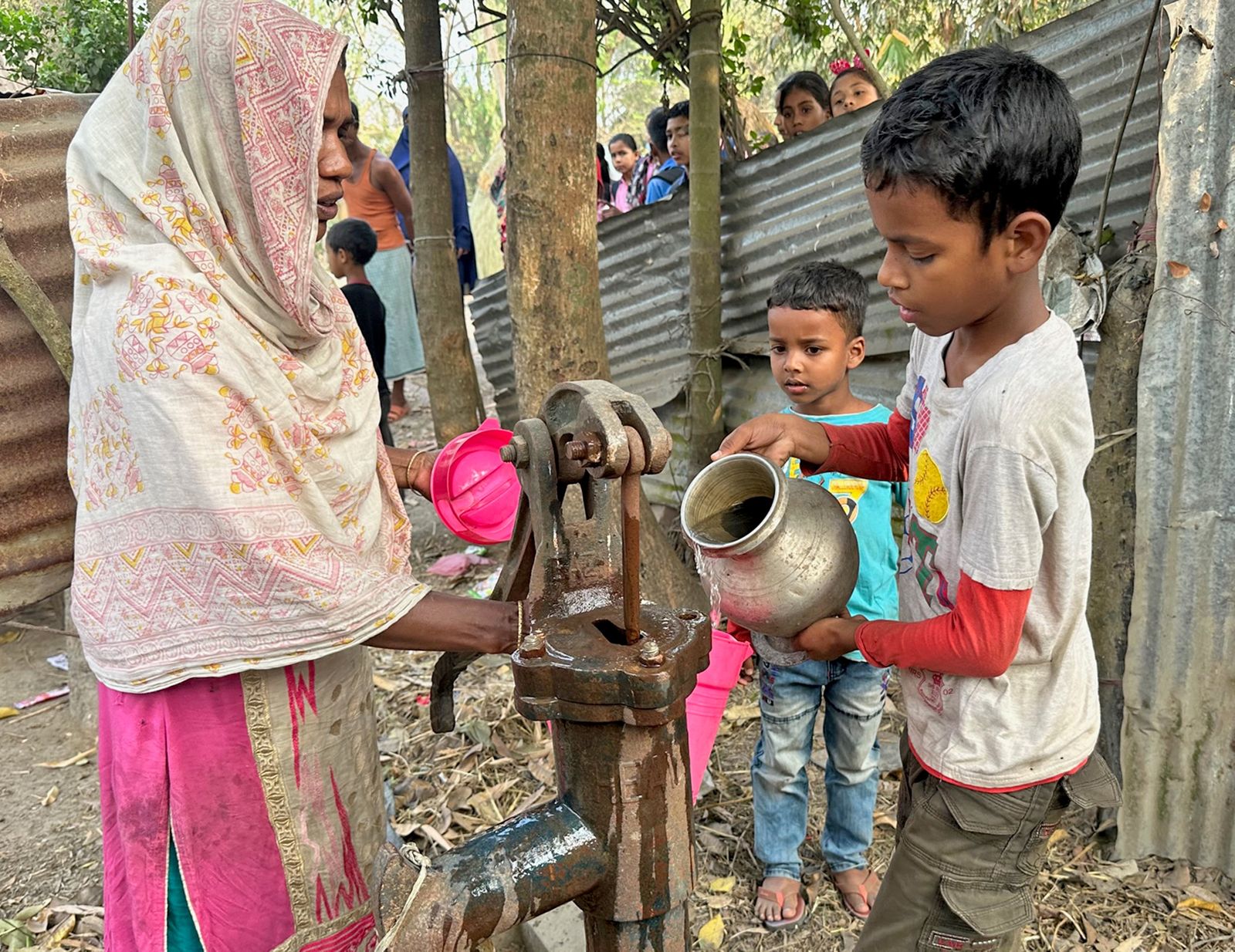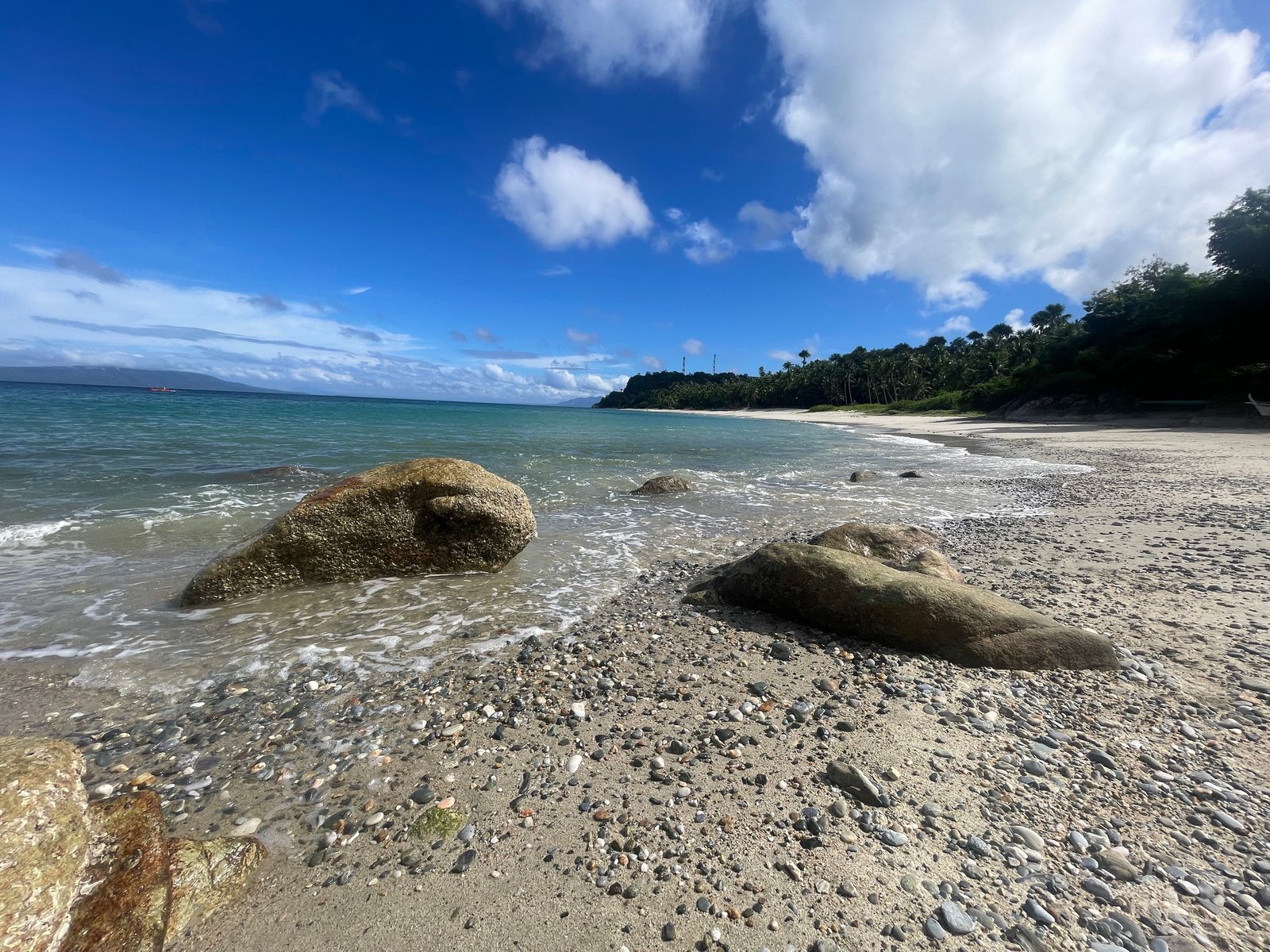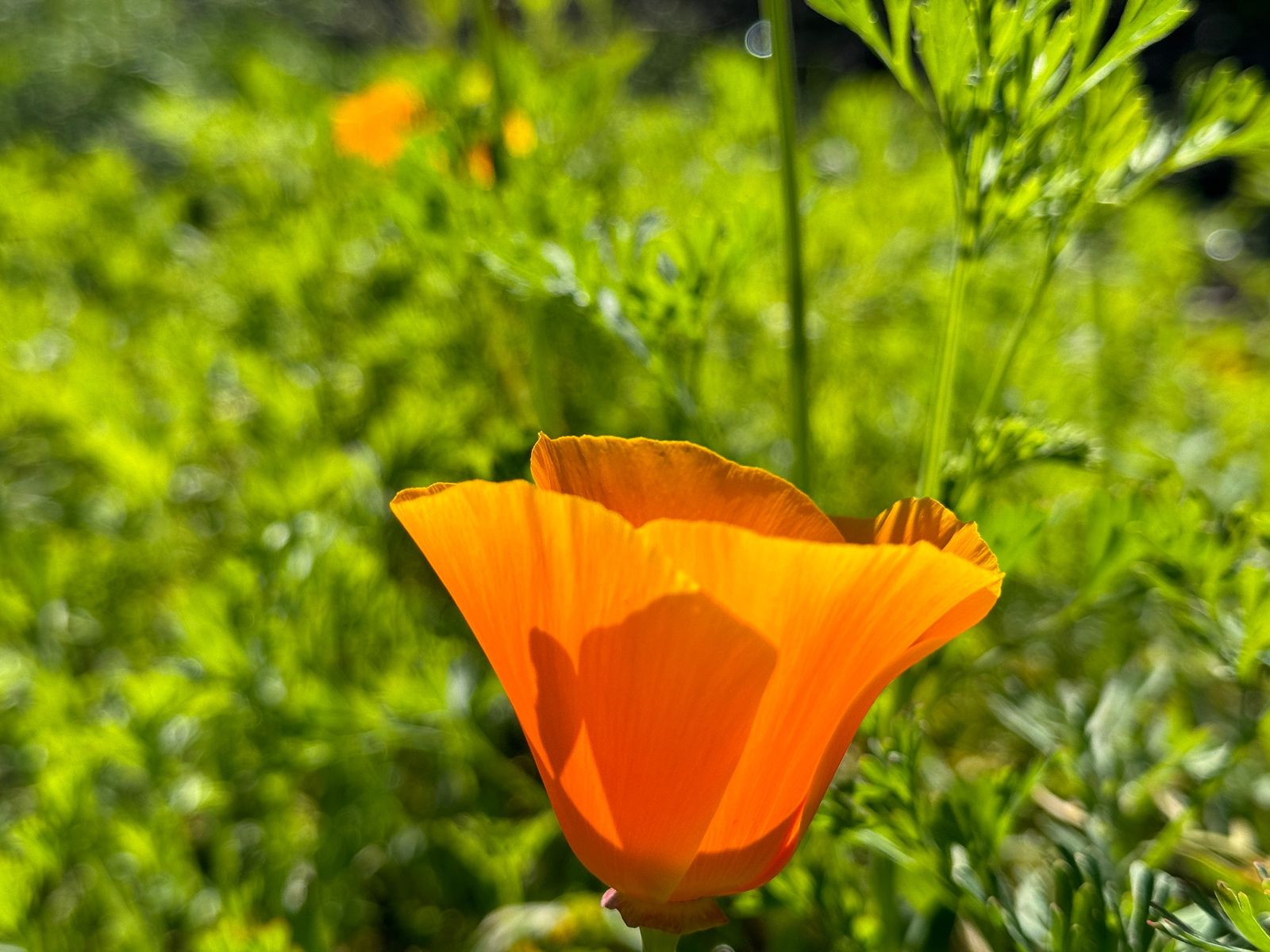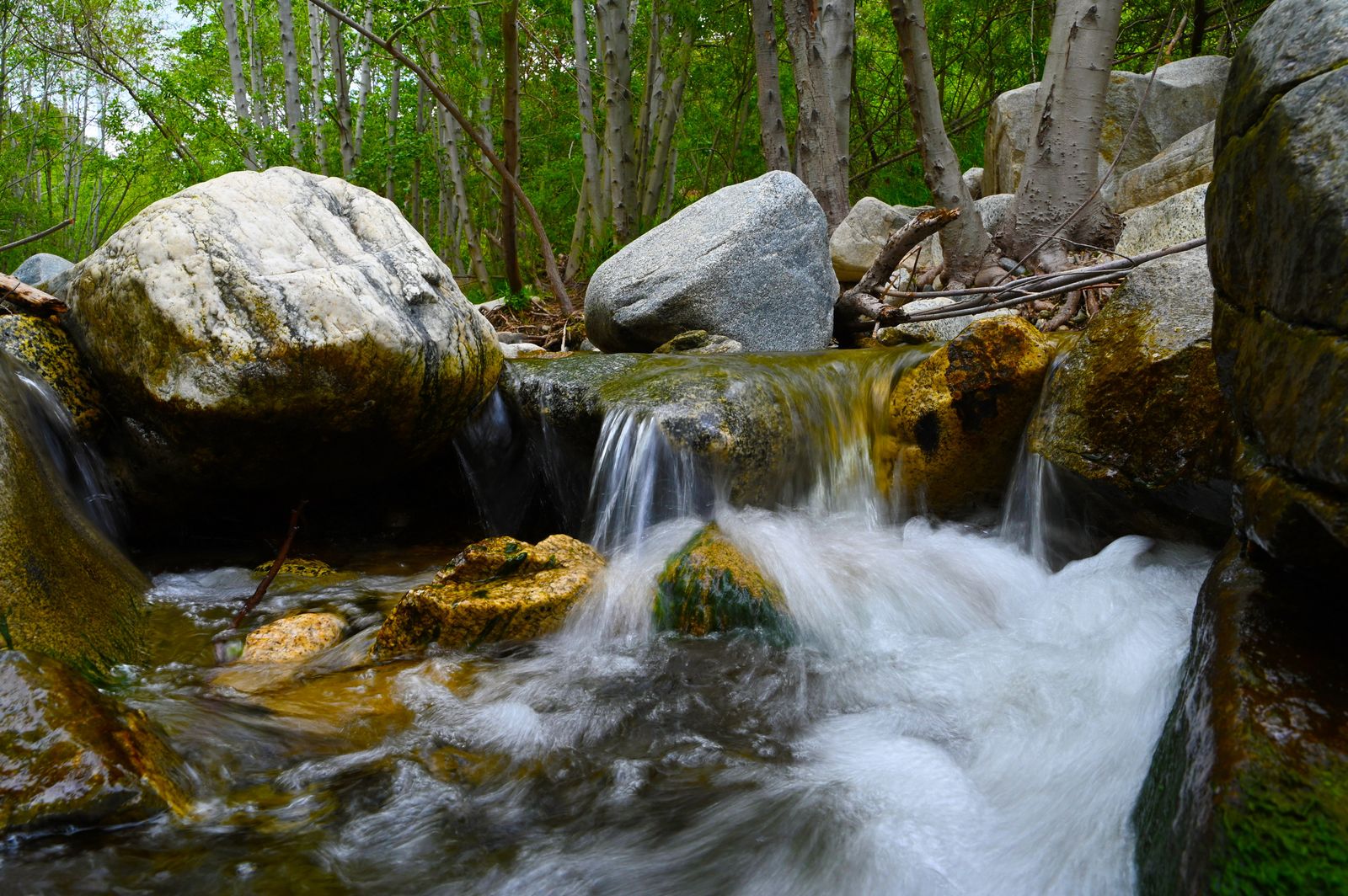Programs

Water & Sanitation
More than 700 million people lack access to clean water - that’s 1 in 10 people on the planet. In 2022, half the world's population faced severe water scarcity. More than 1,000 children under the age of 5 die every day from diseases caused by contaminated water, poor sanitation, and unsafe hygiene practices. If current trends continue, by 2030, 2 billion people will lack safe drinking water, 3 billion will lack sanitation, and nearly 1.5 billion will lack basic hygiene.
- ESI works on projects in Armenia, Philippines, and Bangladesh to improve access to safe water and promote safe hygiene practices.

Ocean Health and Education
Oceans provide more than 50% of the oxygen, sequester 25% of carbon dioxide, and act as our a life support system. However, 50% of the plankton and coral reefs have been killed off, and with continued discharges of sewage and chemical pollution, rising ocean temperatures and acidification, the situating is worsening.
ESI provides ocean heath education and implements projects in Los Angeles and the Philippines to help safeguard the planet.

Conservation
Native plants are an important component of our ecological systems. Birds, insects, and other pollinators rely on native plants, which are crucial to flora, fauna, and soil health. Pollinators are vital to the survival of most of the world's ecosystems. An estimated 80% of flowering plants rely on them. Pollinators face many challenges, including habitat loss, pesticides, climate change, diseases, and parasites.
- ESI staff work on projects in Los Angeles to plant native plants, restore ecosystems, and provide water conservation and education.

Restoration
ESI also works to protect and restore rivers, streams, bays, and oceans including fish habitats, coral reefs, seagrass, and mangroves.
- ESI staff manage a streamflow enhancement program in the San Gabriel mountains of Los Angeles that consists of surveying rainbow trout populations, collecting water quality parameters, development a Geographical Information System, and providing stakeholder outreach and education. This is part of an effort of restoring trout habitat and the wider ecosystem.
